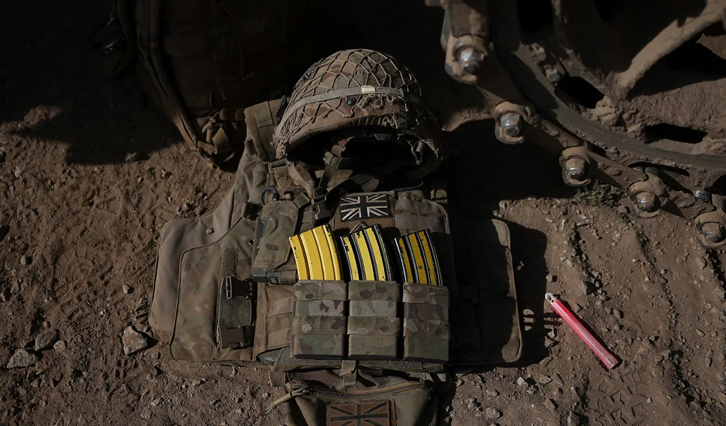Ever since U.S. President Donald Trump began his effort to settle the war in Ukraine, European leaders have tried to assemble a military coalition capable of defending Kyiv. They have promised, specifically, to station forces in Ukraine. “There will be a reassurance force operating in Ukraine representing several countries,” said French President Emmanuel Macron in March. British Prime Minister Keir Starmer called for a “coalition of the willing” to help protect Kyiv.
This initiative may seem novel and bold, but it is old-think disguised as new-think. Europeans can call these forces whatever they want—peacekeepers, peace enforcers, a reassurance force, a deterrent force. But European leaders are simply repackaging NATO’s 1990s Balkan peacekeeping model for Ukraine. Penny packets of military force would be spread around the country to send the Russians a deterring message. Yet these forces would have limited combat power, and their credibility would depend on the promise of U.S. military force in reserve. European leaders even admit that their forces must be “backstopped” by Washington, which could provide massive air support in the event that the continent’s ground troops are attacked.
The scheme depends on Trump’s support and Russian President Vladimir Putin’s acquiescence. And both of them have already rejected their appointed roles. Trump is no more likely to commit the United States to wage war in Ukraine under any circumstances than was the Biden administration, which refused to do so. Moreover, the European plan would also have the effect, almost surely intended, of anchoring a wayward United States back into NATO, a project that U.S. Vice President JD Vance has repeatedly and categorically rejected. To Putin, meanwhile, acceptance of the European scheme would mean abandoning a key war goal—keeping Ukraine out of NATO and NATO out of Ukraine. European leaders get high marks for diplomatic subtlety as they attempt to disguise this two-pronged effort to rescue victory from the jaws of defeat. But it is very unlikely that either Putin or Trump will bite.
Even if Trump and Putin were to accept such a scheme, Europeans should not want to pursue it. The continent’s people face many potential threats from Russia, so it is foolish for them to tie down their readiest forces in garrisons across Ukraine. They may deter Russia there, but the forces would be unavailable for anything else. This kind of mission would lure European armies into rotating units through these positions in a way that doesn’t leave their soldiers far from home for long periods. Every unit will either be getting ready to go to Ukraine, be somewhere in Ukraine, or will just have returned from Ukraine. This routine is not a formula for a combat-capable army.
So what should Europe do, not only to deter future Russian threats to Ukraine but also to improve its ability to deter Russian aggression in the continent’s east and southeast? The answer is simple—Europe must organize what military planners call a “mass of maneuver” that can quickly deploy where it is needed. Europe cannot know in advance whether a refreshed Russia would renew attacks on Ukraine, move forward into Belarus, threaten Poland, or snarl at the Baltics. As a result, its officials must consolidate meaningful combat power that can intervene quickly wherever and whenever needed. That means they must stop distributing European military forces over the continent’s east and southeast simply as symbols of their commitment, linked to a U.S. cavalry that may no longer ride to the rescue. Rather, they must conceive of European military formations as scarce, expensive, and potentially lethal combat power, which can be deployed as a concentrated fist with the ability to fight independently, under either a NATO or an EU banner.
Contrary to what is widely believed, Europeans have most of the military wherewithal needed to create such a force. The question is whether they have the will.


